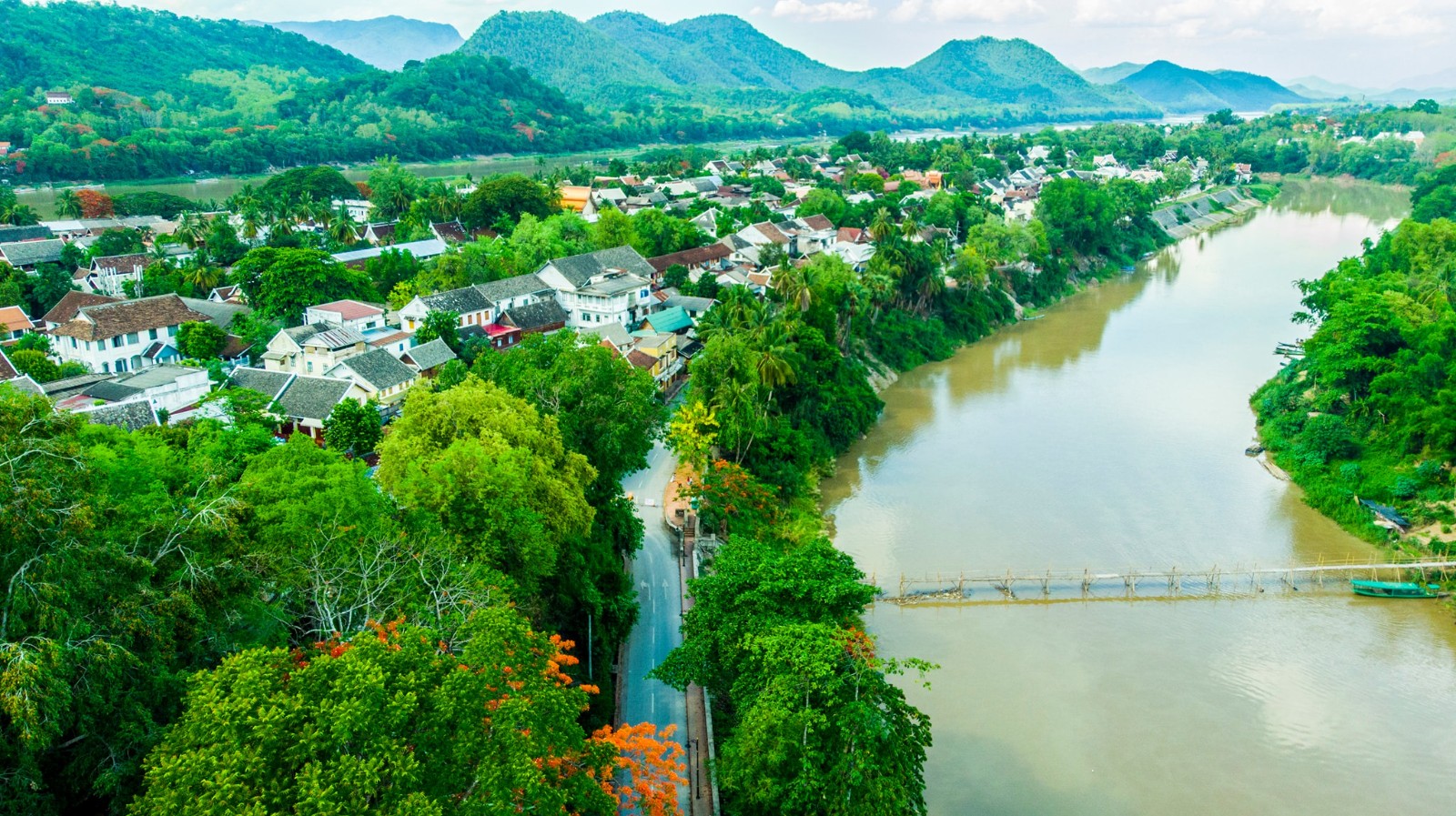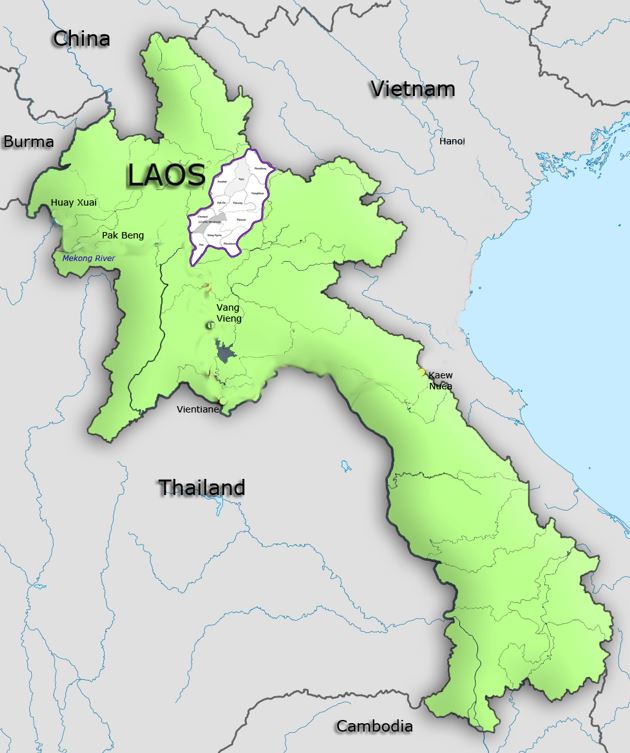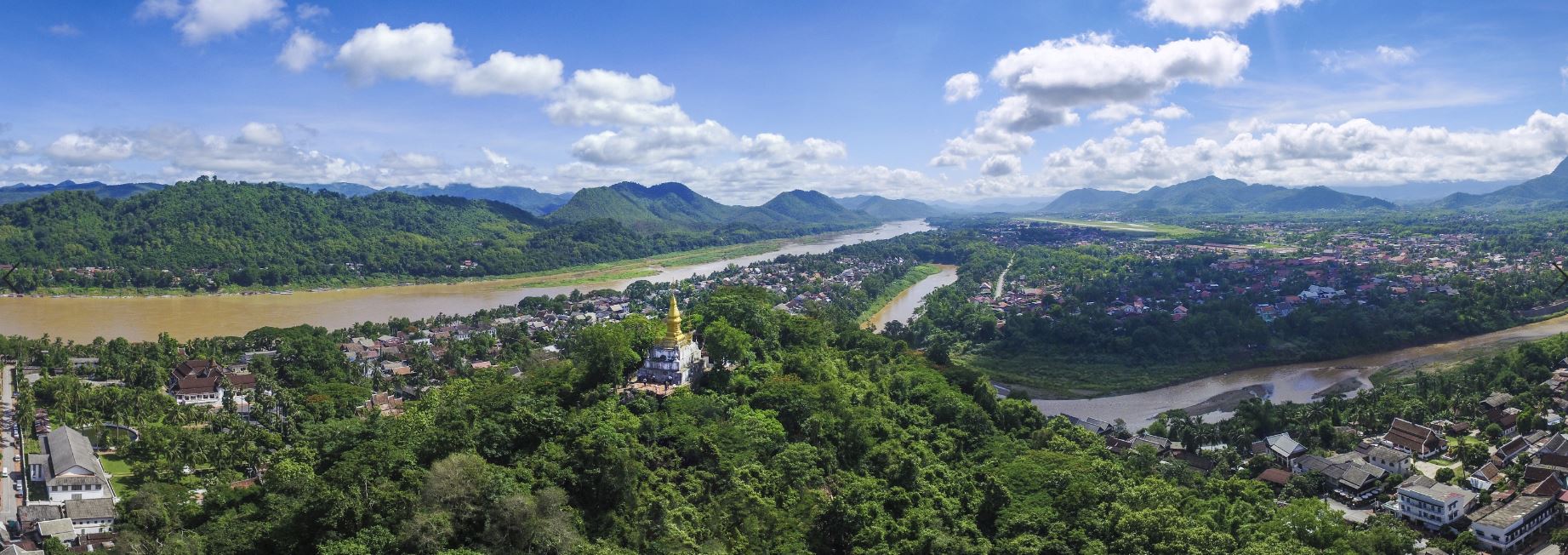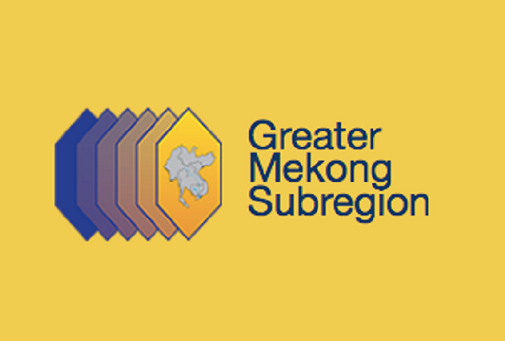OVERVIEW OF LUANG PRABANG
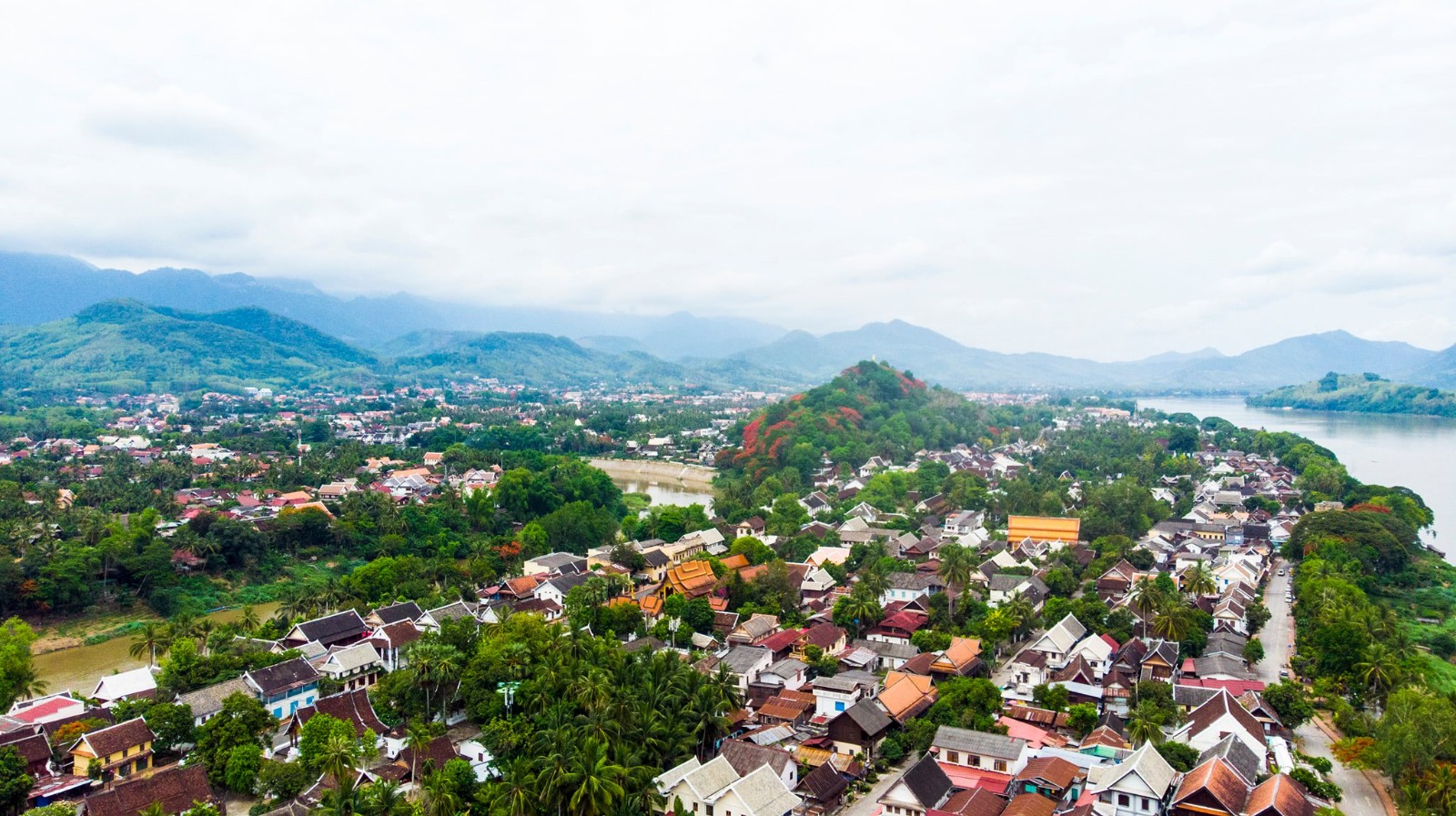
Geography
Luang Prabang Province one of the provinces of Laos, covers an area of 16,875 square kilometers, located in the north of the country and about 400km from Vientiane (capital of the country). The province’s population is estimated to currently 430,000 inhabitants, consisting of 12 different ethnic groups. Luang Prabang District itself has a population of approximately 47,378 inhabitants, and the protected zone has 24,000 inhabitants.
The province borders Phongsali Province to the north, Vietnam to the northeast, Houaphan Province to the east, Xiangkhouang Province to the southeast, Vientiane Province to the south, Xaignabouli Province to the southwest, and Oudomxay Province to the west. The provincial capital and old seat of the kingdom, Luang Prabang city, can be accessed via Bangkok Airways, Lao Airlines, or Vietnam Airlines who all service Luang Prabang International Airport. The capital is situated on a narrow peninsula that bisects the conjunction of the Mekong River , flowing south along the west side of the city, and the Nam Khan, a tributary of the Mekong that flows from the east but angles north just before the confluence of the two rivers.
The tip of the peninsula is the site of a wat that was frequented by the royal family when it resided there and is still a site of devotion for local Lao Buddhists as well as increasingly frequent tourists. In the center of the peninsula is a Mount, Phousi, which despite the constrained scale of the city, is 150 meters high; a steep stair leads to a shrine and an overlook of the city and the rivers.
The city is built on an exceptional site formed by the confluence of the Mekong and the Nam Khan. The two rivers form a 300 m wide and 1 km long peninsula surrounded by mountainous massifs (Phou Thao, Phou Nang, Phou Xang, Phou Xuang) and remarkable sites such as the Tham Ting caves, Nam Thieng, Nang An and the waterfalls of Khouang Si and Tat Se.
In the center of the historical city stands the sacred Mount Phousi, an undisputed place of visit for tourists who climb to the top to admire the magnificent view of the city. The prehistoric site of Xieng Lek (3500 BC) and the cultural diversity offered by its multiracial population make it a unique city.
History
Luang Prabang has sometimes been called the “City of the 15 families of Nagas” (from Pali naga: a mystical snake symbolizing strength) or “City of 65 monasteries”, and in more recent times, the “Jewel of South East Asia”.
According to written evidence from the VIIth century, the city’s first name was Muang Sua. The Khuon Chuang Dynasty governed Luang Prabang for four generations before being overthrown in the VIIIth century by Khoun Lo, one of Khoun Boulom’s seven sons.
This city was later called Muang Lan Xang, or Lan Xua, in the form “Muang Xua”. Then, from the XIIIth to the XVth century, the state was named Xieng Dong Xieng Thong.
Finally, it should be said that the real splendor of Luang Prabang began with the reign of Fa Ngum in the XIVth century. (1er sovereign of the Kingdom of Lane Xang from 1316 to 1373).
In 1358, King Fagnum took the Prabang, a statue of Buddha offered by the King of Cambodia, to Muang Vieng Kham.
In 1489, the Prabang was installed at Muang Xieng Thong to be revered by the people. As a tribute to this legendary statue, the name of the city became Luang Prabang.
HERITAGE OF LUANG PRABANG
The fusion of Lao traditional
Luang Prabang is one of the oldest towns in Laos, created, preserved and developed for more than 1200 years. For hundreds of years, Luang Prabang was the capital of the Kingdom of Lane Xang. The city is exceptional both for its rich architectural and artistic heritage that reflects the fusion of Lao traditional urban architecture with that of the colonial era.

Its remarkably well-preserved urban landscape reflects the combination of these two distinct cultural traditions. Centuries-old festivities, rituals, and traditions are still very much alive and closely intertwined Luang Prabang people’s livelihood.
WORLD HERITAGE INSCRIPTION
For the sustainable safeguard and development Luang Prabang’s heritage wealth, in 1993 the Lao Government wished to place Luang Prabang under the aegis of UNESCO.
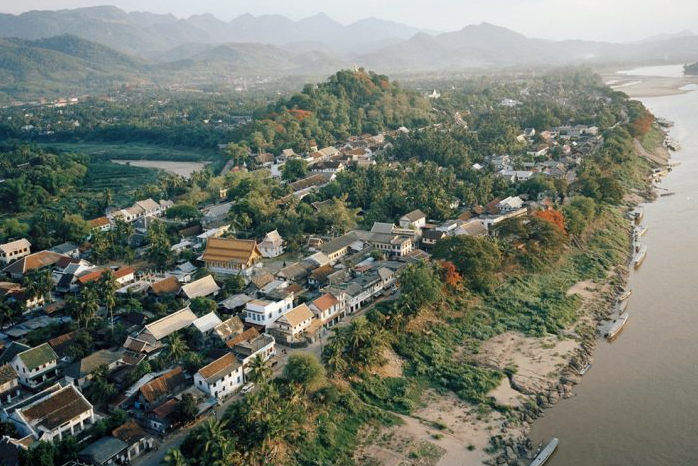
Luang Prabang was inscribed on the World Heritage list on December 9, 1995, at the 19th session of the World Heritage Commission in Berlin. Luang Prabang was recognized: “this city reflects the exceptional merger of traditional architecture and European colonial urban structures from the 19th and 20th centuries. Its unique urban setting is remarkably preserved, illustrating a significant step in the fusion of two different cultural traditions.
Cultural criteria defined by the World Heritage Committee, which helped to integrate Luang Prabang are:
Criteria (ii): Luang Prabang reflects the exceptional fusion of traditional Lao architecture and buildings of the nineteenth and twentieth centuries of European colonial style.
Criteria (iv): Luang Prabang is an outstanding example of an architectural ensemble built over the centuries combining the sophisticated architecture of religious buildings, vernacular buildings, and colonial buildings.
Criteria (v) The Luang Prabang urban unique is remarkably well preserved, illustrating a crucial stage in the fusion of two distinct cultural traditions.
